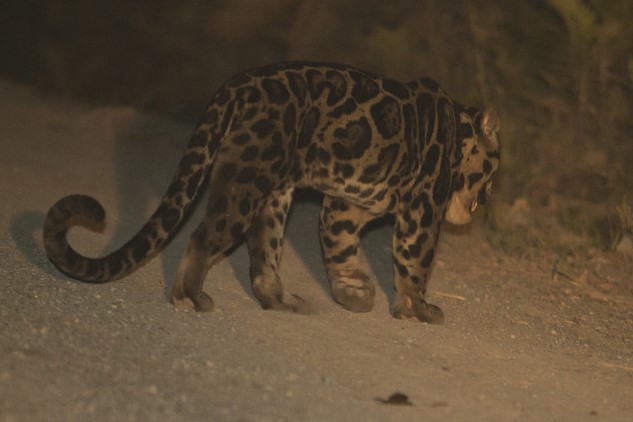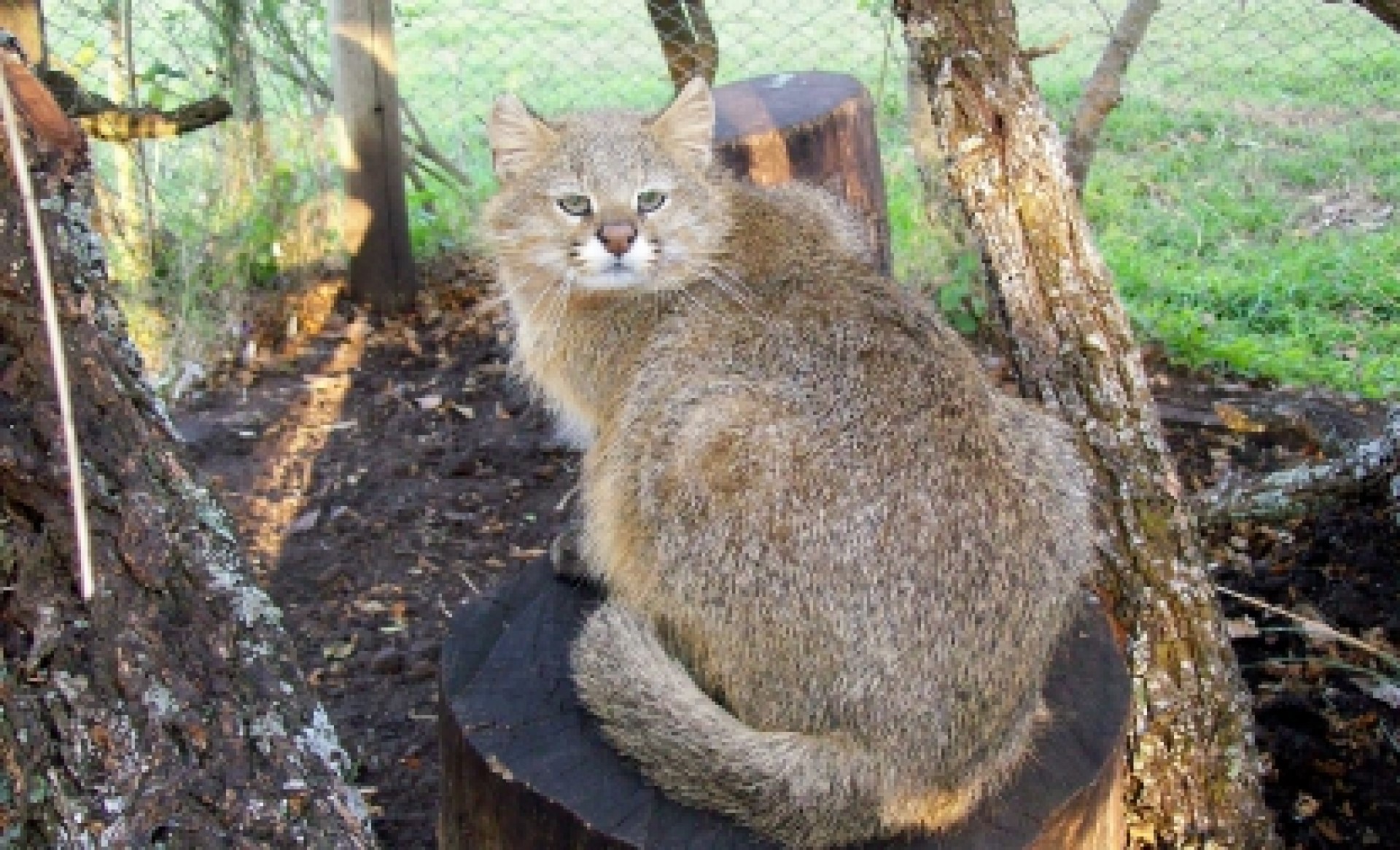
Clouded leopard and sunda clouded leopard
Clouded leopards are actually one of the most ancient cat species, however due to their inability to roar or purr, they cannot officially be considered a big cat (roar) or a small cat (purr) due to their definition, which puts them in an odd category. They are most closely related to snow leopards, and are in the same family as the big cats from genetic research. It has recently been confirmed that there are 2 different clouded leopard species, one on the mainland, and the other on the islands (the sunda clouded leopard.
Both species are considered vulnerable. The mainland clouded leopard is thought to number between 3700 and 5580, while the sunda clouded leopard is thought to number around 4500 3800 in Borneo and 730 on Sumatra.



Clouded leopards are found in the forests of South East Asia. Both Poaching and habitat loss threaten their future survival is not easy to see, it makes it is hard for it to be clear what its current range is. However, if you simply compare extinct to all possible remaining habitat, you can see the best possibiltiy is that range has reduced by around 50%
This is a further image of a clouded leopard though taken in a US zoo, which allows an easier time of getting a good view of the head.
The map above shows the former and current range for these two species. As we start to link with places on the ground, we are likely to create separate pages for each of these clouded leopard species. Below is a video of each species of clouded leopard.
We look to work with people on the ground. Do get in touch if you live or work in the area, and can help people see these incredible animals click here




















